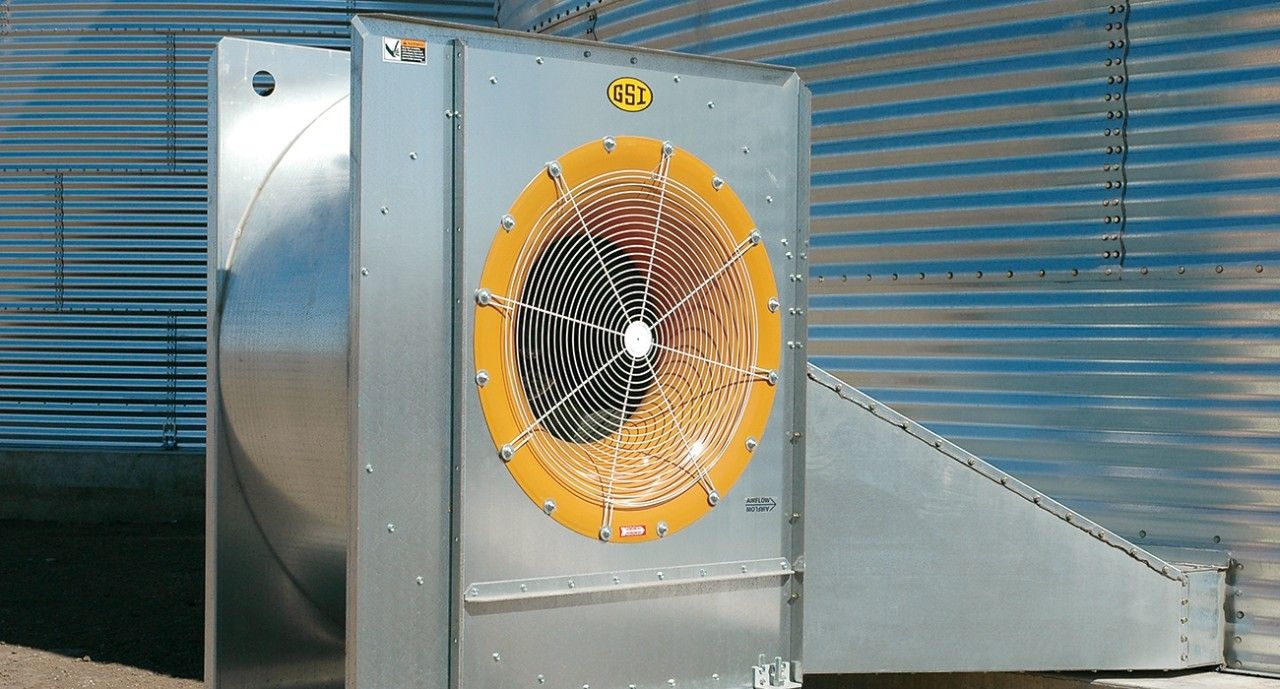ptonsparky
Tom
- Occupation
- EC - retired
Put the air horn back on. It is there for a reason. One, would be to restrict the air flow.
Put the air horn back on. It is there for a reason. One, would be to restrict the air flow.
When the motor guru said it was an air flow problem, he did not bother to tell you that it means too much air flow.
Either the motor speed, the fan diameter or the blade pitch are wrong for the horsepower of the installed motor.
Either it has been that way forever or the fan was changed or the motor was changed for one of the wrong speed or a deliberate restriction on the air flow was inadvertently removed.
The problem is NOT that the duct is blocked off it is too wide open and the amount of air being moved is causing too high a mechanical load on the motor, above its rated horsepower, and that is causing current higher than the normal FLA.
When you block the output of an impeller pump or a bladed or squirrel cage fan the air resistance goes down and the mechanical load on the motor decreases.
Well, if it gets down to no other option you can swap motors.So I have two fan motors blowing in the same bin. They have the same HP and RPM. They have the same squirrel cage fan, air horn, and housing. One runs at 62 amps, the other 100 amps. The only difference I can see is what I can't see, what is the difference between the two in regards to the output going into the bins.
You mention two fans on same bin -It is back on. By design it appears to direct the air to the center of the squirrel cage.
There is an identical fan setup on the SAME bin. I did not mention it before because the readings I got on the motor were not affected whether that fan was running or not. It is the same hp and same rpm as the one I was working on. It's FLA is 68 amps and runs at 62. It has the same fan blade and air horn.
So if I was able to take the output ducting off of the motor and let it blow in the wide open outside, you are saying it will draw the same 100 amps?
I know for a fact now that blocking the intake will drop the amps down because of no air flow. I have a hard time believing blocking the output would have the same effect. When I blocked the input there is no air to move but if you block the output, wouldn't the fan still try to force the air inside? When the air horn is on this bin fan it directs the air to the center of the squirrel cage (intake) and the rest of the opening is sealed off. When I ran the fan without the air horn cover the air is not directed to the center and the air that should be forced inside the duct is just escaping out of the large opening that exists with the cover off, resulting in a drop in amps.
So I have two fan motors blowing in the same bin. They have the same HP and RPM. They have the same squirrel cage fan, air horn, and housing. One runs at 62 amps, the other 100 amps. The only difference I can see is what I can't see, what is the difference between the two in regards to the output going into the bins.
Removing the "horn" removed the channeling of the air to the center of the blower, which reduces the amount of air the blower is actually loaded with, channeling the air to the center forces that air to move through the blower - and the blower is loaded by the volume it is pumping, without the "horn" you just have a spinning wheel only loaded by what it takes to spin the wheel plus the air that is caught in it and very little is being forced through it - so load wise it is similar to having air flow blocked when it is assembled.
I admit I may be off some on the physics of the blower.Although the air horn makes the flow more efficient, a squirrel cage blower does not require any input ducting (other than covering the edge of the spinning cage) to move the air. Whether it comes in the center or near the edges the air that is moving with the rotating cage if flung into the output duct by centrifugal force and more air will come from the inside to take its place.
If you do not cover the spinning edge, then the air can also be forced out there and that will in fact reduce the output volume.
From the OP's description it is not at all clear whether the air horn forms the entire side of the enclosure around the rotor or just attaches to the partial housing to direct air more toward the center.


